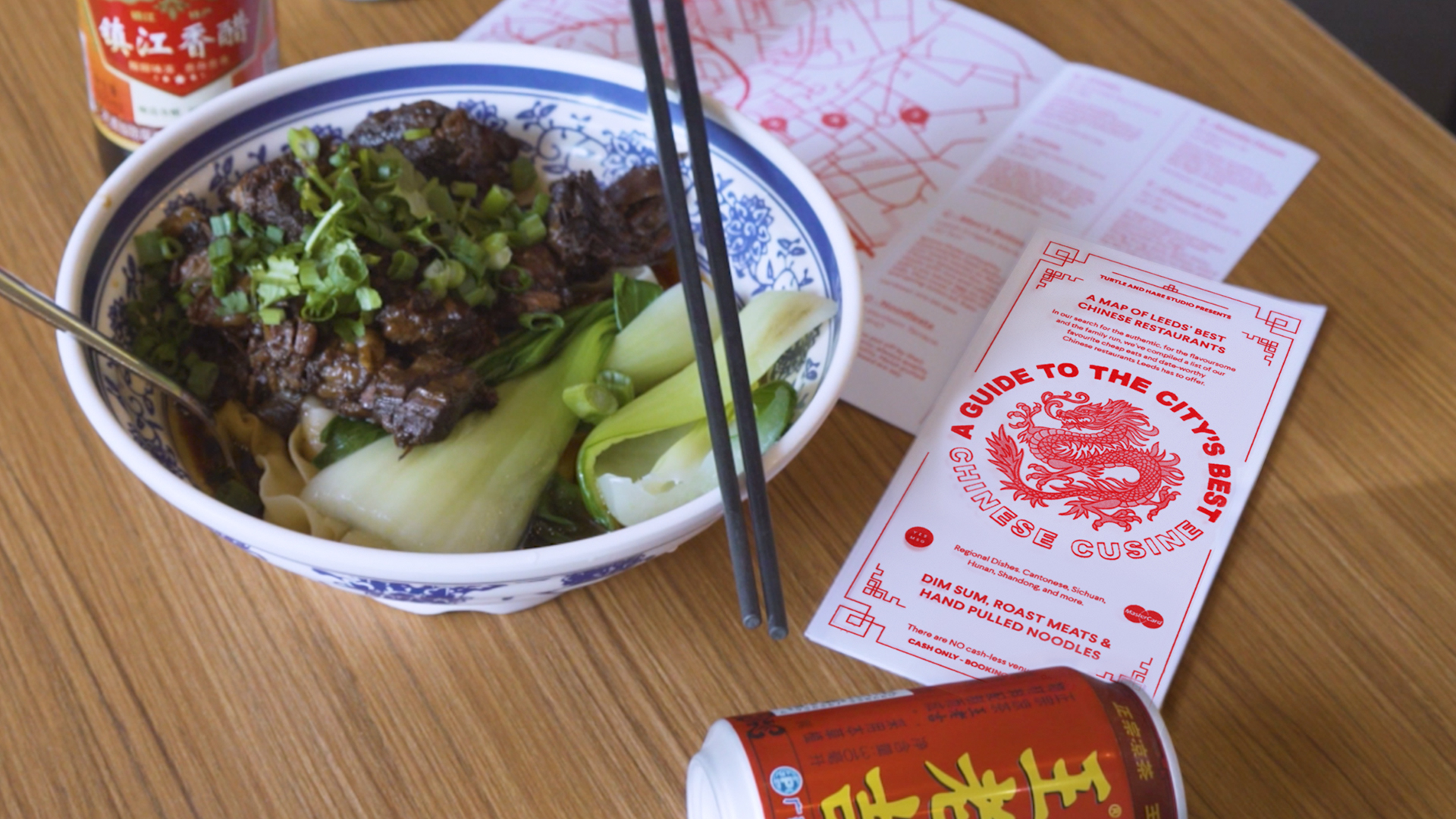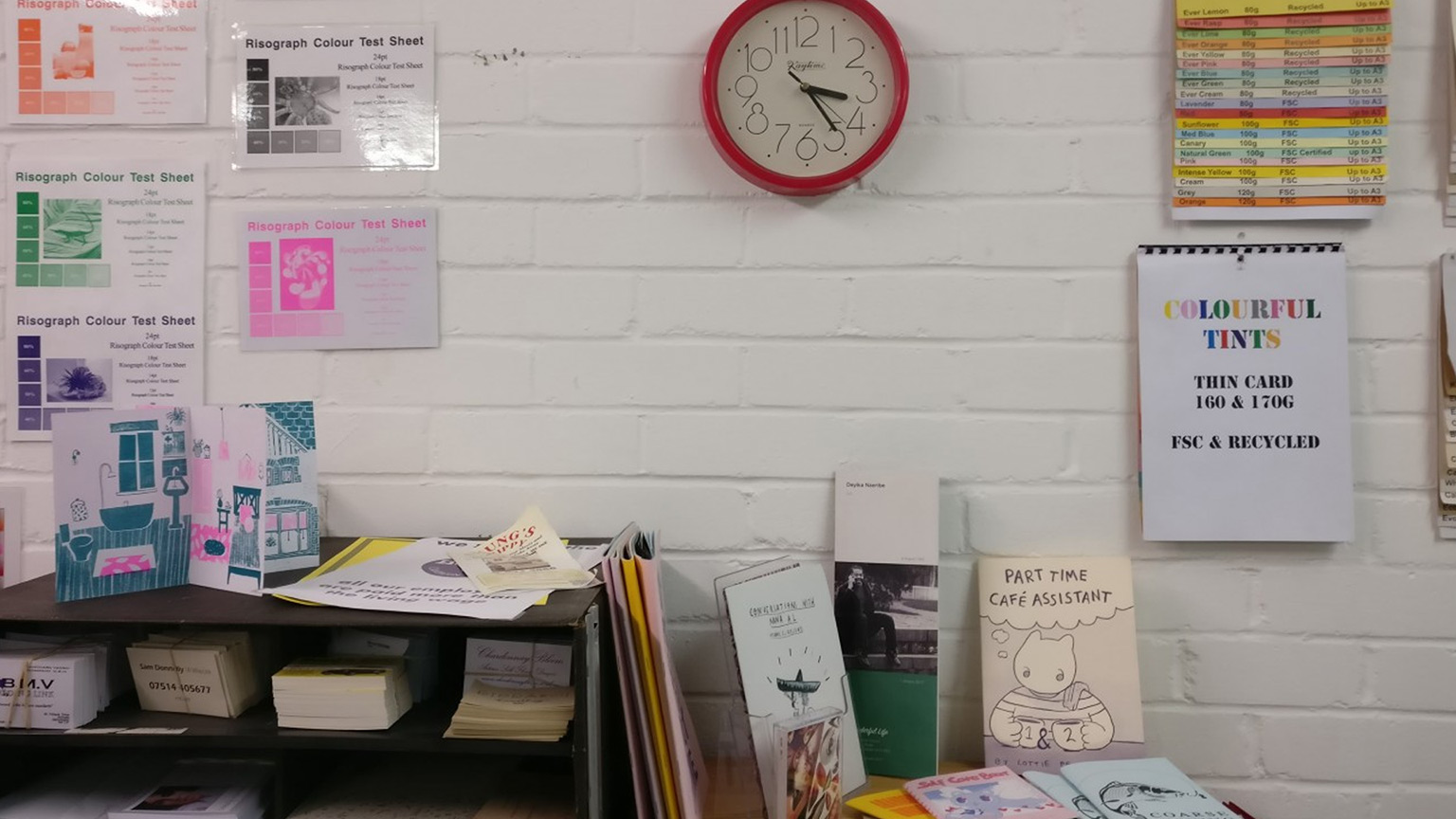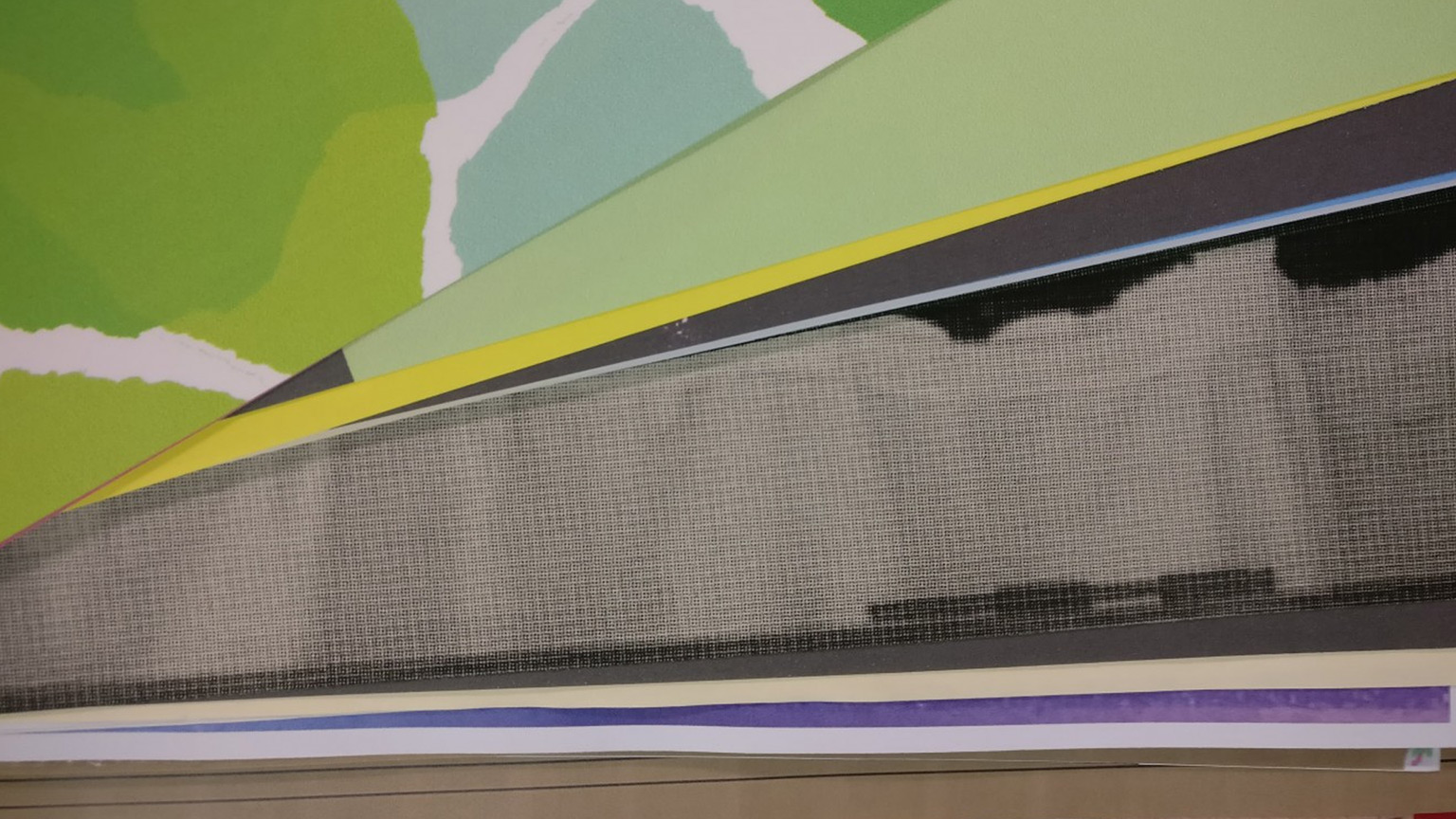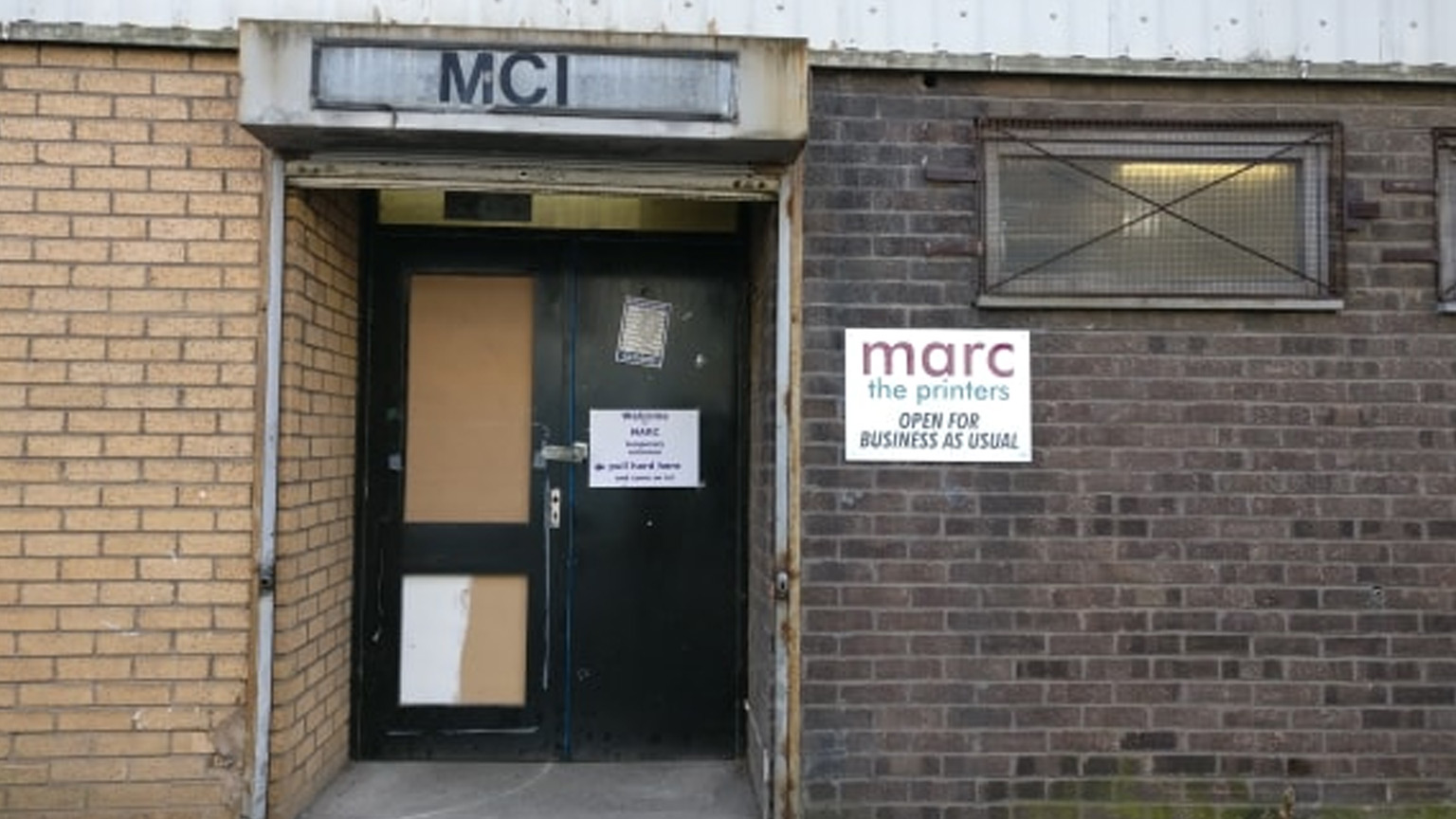It started with a love of iconic New York style Chinese take out menus, a love for a style created from necessity.
Yes – the mis-prints, spelling mistakes, the dodgy fonts and clip art all wonderfully come together in harmony to create something that is now warmingly familiar. As printing technology was still developing, historically, maps such as these were printed using cheap, bulk methods such as laser or risograph. The texture, their tone, all adds to their tactile allure.
So, here at Turtle & Hare HQ, we set out to publish our own, and thankfully that led us to Marc the printers. But first.
After 10 years of graphic design, we hold our hands up to contributing an unreasonable amount of waste. Lockdown—there, we said it—forced us to look at this and rethink ways we can easily reuse, recycle and reimagine our ways of working to create a footprint relative to our output.
We’ve been fooled in the past with claims of recycled paper and eco-friendly, forest-growing printing services, only to find out the process has been greenwashed. Although a 100% ‘green’ printing process has yet to be developed, Salford-based Marc the Printers are doing everything in their power to clean up printing in the 21st century. Not only do they give quality customer service, have an ace space, but they allow small businesses like ourselves to avoid the worst aspects of the printing procedure.

Most inks on the market are petroleum-based, with full colour printing often containing a cocktail of solvents and heavy metals. Pair this with the chemical wash downs, fixers, ink sludge and harmful fumes, and you quickly realise the consequence those 1000+ flyers or set of A1 posters in the printing queue have on the environment.
When it came to sending out hundreds of our Guide to Leeds’ Best Chinese Restaurants, it was important that they were printed ethically, so this whole project was printed using soya ink. No nasties, limited wastage, 99% clean ink – perfect.

The printing process uses a lot of energy. Our maps were printed using a high-speed digital printing machine called a Risograph. This machine uses a wet ink process and does not require heat to fix the image on the paper therefore reducing overall energy used.
All the waste paper created by Marc is re-used as scrap for the machines and then graded for recycling by a local company, Emerge. There is also no use of disposable aluminium plates that are used in other printing methods.

Say no to glossy paper. Gloss uses China clay in its production which is obtained from open cast mining, a method of mining that is extremely damaging to the environment. 80% of all China clay mined is used to make glossy paper. In a digital world can this figure be reduced? Some paper mills have capitalised on the ‘recycled paper’ badge of somewhat-approval, knowing they can charge more by abusing terminology and jumping through industry loopholes. Marc has included an in depth breakdown of this on their website. It’s a must-read.
Technological advancements means that re-using paper, rather than manufacturing from new, uses close to 50% less energy. It also helps reduces landfill, chemical process and destruction of woodland.

Marc the Printers have one of the widest selections of recycled papers in the North, using 100% post-consumer waste paper. We are so thankful companies like Marc the Printers are working to build a future for printing that considers every step of the process. So next time you reach for the 24-hour online digital printing service, maybe think twice.
For more our video on Northern Bloc’s 100% plastic free ice cream packaging.
Images : https://www.islingtonmill.com